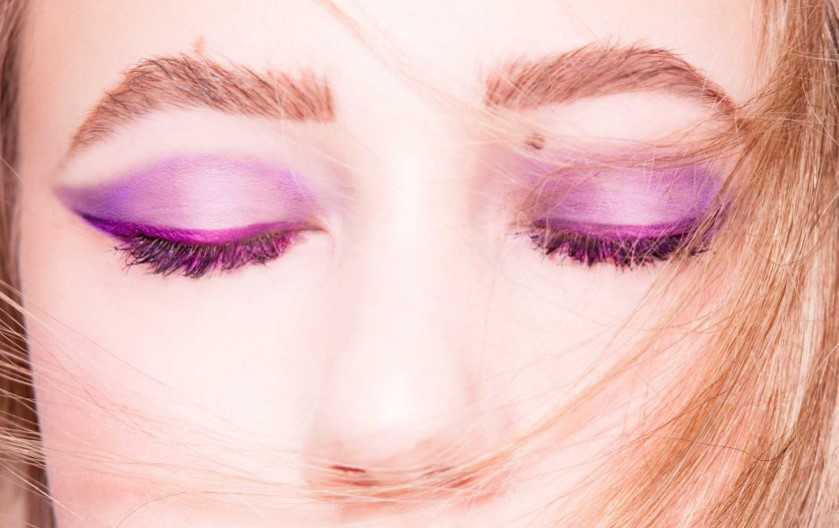In the whirlwind of parenthood, the costs associated with raising children can quickly add up. When they're infants, it's diapers and baby formula. As they grow older, parents must also ensure that they're keeping up with various doctor's appointments, whether it's a visit to the pediatrician or optometrist.
Among the needs that sometimes arise are eyeglasses. If your child starts needing vision correction down the line, purchasing the required eyewear is something that can't be put on the backburner lest it affect their playful adventures and focused learning sessions. Yet doing so can be expensive amid skyrocketing costs. Studies find that in the US alone, the median out-of-pocket price of glasses is $234. That can cause a significant strain on family budgets.
It's often valuable for parents to know what they can save money on. And, fortunately, finding practical ways to save money on kids' eyewear doesn't mean compromising on eye health or quality. In this guide, we'll explore savvy strategies and insider tips to ensure your little ones get the vision care they need without breaking the bank.
5 Money-saving tips for purchasing kids' glasses
Scour the internet for deals and coupons
In a previous article, we shared tips on how parents can save money on school supplies by hunting for student discounts and shopping online. The same goes for kids' glasses. Online optical retailers often operate with lower overhead costs than brick-and-mortar stores, allowing them to pass on the savings to customers. In fact, the same studies mentioned above reveal that glasses bought online can cost as little as $91. Using deals and coupons can cut that price down even further. So, keep an eye out for back-to-school sales, student discount codes, and exclusive online deals that can significantly reduce the cost of quality eyewear. There are now even browser extensions like Honey that can scan the internet for real-time price discounts and automatically apply them to your online shopping cart!
Explore insurance coverage
Before making a purchase, it's worthwhile for parents to delve into the specifics of their insurance coverage. Several, but not all, vision plans offered by insurance providers encompass benefits for children's eyewear. For example, under the Affordable Care Act, anyone aged 19 and younger can get an eye exam every year. Meanwhile, Medicaid and the Children's Health Insurance Program can also cover part of the cost of children's glasses and contact lenses for vision correction. However, it's important to note that the coverage you get from all these plans will vary depending on where you live. That said, be sure to check the details of a plan before subscribing to it so you can make the most of it when buying glasses for your kids.
Take advantage of store promotions
For parents who prefer the in-store experience, some optical shops entice customers with store promotions not offered online that can substantially cut down on the price of eyewear purchases. Take Clearly, a retailer that, in all of its stores, offers glasses to kids for free if they're under the age of 10. All you need to do is present your child's recent prescription, which should be a year old or younger. Then, you can pick out any frame from Clearly's selection of kids' glasses. No other purchases are necessary to claim the promo. If there isn't a Clearly store near you, don't fret. You can still get affordable glasses for your kids from big box stores like Costco, Target, and Walmart. At Costco's Optical Department, members can get their kids' eyes checked for free. Even non-members can get a full package consisting of an eye exam, frames, and lenses, all for a fraction of what you would pay at an independent optical shop.
Opt for durable kids' frames
Life with kids can, at times, be chaotic. They're always out exploring the world, climbing trees, and generally having exciting adventures. And though they're having fun, accidents can still happen, and objects can break. To ensure this doesn't happen to their glasses, buy a pair made from materials that promise longevity. Opt for durable and resilient frames that use flexible plastic or memory metals that can withstand the inevitable bumps and falls of childhood. Lens material matters, too. Polycarbonate or Trivex lenses are particularly impact-resistant and have a good lifespan, making them practical and cost-effective. If you're willing to purchase glasses as a long-term investment, you can also get additional lens coatings, such as those with anti-scratch properties, to ensure you don't need to replace your kids' eyewear as often.
Teach kids basic eyeglass care habits
Instilling basic eyeglass care habits in your kids can go a long way in minimizing the risk of damage and extending the lifespan of their glasses. Depending on your child's age, this can be something as simple as how to clean the lenses properly, storing eyeglasses in a protective case when not in use, and handling them with care. This accomplishes two things: saving money on replacements and empowering your kids with a sense of responsibility for their belongings.
Ensuring your kids' well-being extends to practical and budget-conscious choices, even when it comes to eyewear. From considering durable materials to searching high and low for coupons and discounts, these tips mean more savings for you and your family.






